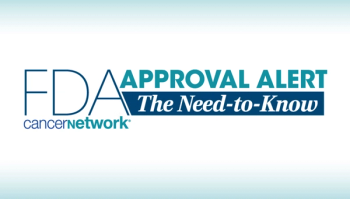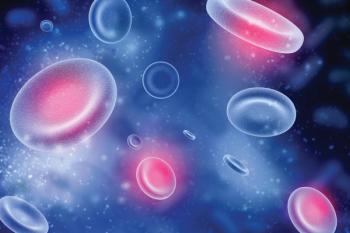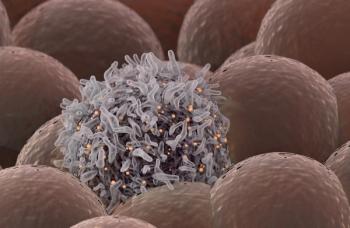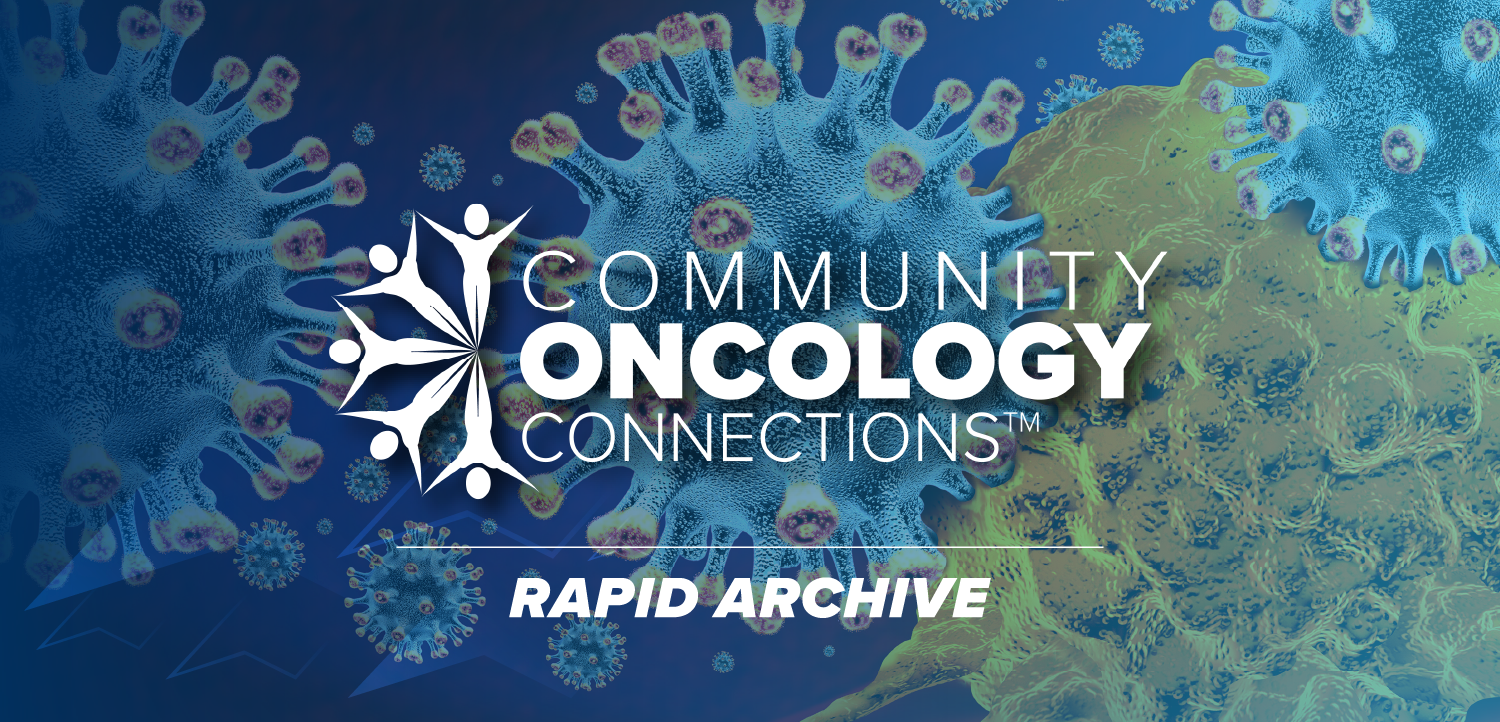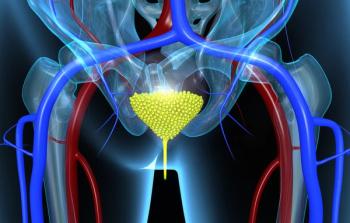
Patient Enrollment for Phase 3 UGN-103 Trial in LG-IM-NMIBC Complete
The phase 3 UTOPIA trial has enrolled a total of 99 patients with low-grade intermediate-risk NMIBC to receive UGN-103.
Patient enrollment has been finalized for the single-arm phase 3 UTOPIA trial (NCT06331299) evaluating intravesical solution for UGN-103, a mitomycin-based formulation, in patients with recurrent low-grade intermediate risk non–muscle invasive bladder cancer (NMIBC), according to a press release from the developer, UroGen Pharma.1
The trial has enrolled a total of 99 patients across various global centers.
In September 2024, the developer received a notice of allowance from the US Patent and Trademark Office that covered the utilization of UGN-103 for low-grade intermediate-risk NMIBC; patient protection is expected through December 2041. Additionally, in January 2024, the developer entered into a licensing and supply agreement with medac to develop UGN-103 for this patient population.
“Completing enrollment in the UTOPIA trial marks a significant milestone in our efforts to advance UGN-103 as a next-generation treatment option for patients with recurrent [low-grade intermediate-risk] NMIBC,” stated Michael Louie, MD, EVP, of Medical Affairs and Clinical Development at UroGen, in the press release.1 “UGN-103 represents a pivotal advancement in our pipeline, aiming to deliver the same non-surgical benefits to patients as mitomycin [Zusduri], while also enhancing operational efficiency and convenience for providers.”
The trial enrolled patients with low-grade NMIBC, defined as grade Ta, histologically confirmed by cold cup biopsy at screening or within 8 weeks before screening; they also had intermediate-risk, defined as having the presence of multiple tumors, solitary tumor size larger than 3 cm, or early or frequent recurrence.2 Additional enrollment criteria include a history of at least 1 prior episode of NMIBC, negative voiding cytology for high-grade disease within 8 weeks before screening, adequate organ and bone marrow function, a life expectancy at least the duration of the trial, and contraceptive use consistent with local regulations.
Those who received Bacillus Calmette-Guérin therapy for urothelial carcinoma within the past year, with a history of high-grade bladder cancer in the past 2 years, with known sensitivity to any component of study treatment, and with a clinically significant urethral structure that precludes passage of a urethral catheter were excluded from participating. Additional grounds for exclusion included a history of neurogenic bladder, active urinary retention, and any other condition that prohibits normal voiding; past or current muscle invasive bladder cancer or metastatic urothelial carcinoma; current tumor stage of T1; concurrent upper tract urothelial carcinoma; evidence of active urinary tract infection that cannot be resolved; any other active malignancy requiring anticancer therapy; and previous participation in a study administering UGN-102.
All patients received 75 mg of UGN-103 via intravesical instillation once per week for 6 weeks. UGN-103 uses RTGel® technology, a reverse-thermal hydrogel enabling sustained drug release and prolonged bladder exposure. The developer noted that UGN-103 is designed to offer a shorter manufacturing process and simplified reconstitution procedure when compared with mitomycin (Zusduri) for intravesical solution.
The trial’s primary end point was the complete response (CR) rate at 3 months. Secondary end points include duration of response; durable CR rate; incidence of treatment-emergent adverse events (TEAEs), serious TEAEs, TEAEs of special interest, and abnormal clinical laboratory test results; mitomycin plasma concentrations; and mitomycin maximum plasma concentration.
Patients who do not have a CR at the 3-month visit will undergo investigator-assigned standard of care and have a separate end-of-study visit performed. Those who do undergo a CR enter a follow-up phase of up to 12 months to assess the durability of response.
References
- UroGen announces completion of enrollment in the phase 3 UTOPIA clinical trial of UGN-103 for the treatment of recurrent low-grade intermediate-risk non-muscle invasive bladder cancer. News release. UroGen Pharma. July 7, 2025. Accessed July 7, 2025. https://tinyurl.com/3cx2m95t
- A phase 3 study of UGN-103 for treatment of patients with low-grade intermediate-risk non-muscle invasive Bladder cancer (UTOPIA). ClinicalTrials.gov. Updated April 9, 2025. Accessed July 7, 2025. https://tinyurl.com/m9htzwx8
Newsletter
Stay up to date on recent advances in the multidisciplinary approach to cancer.


